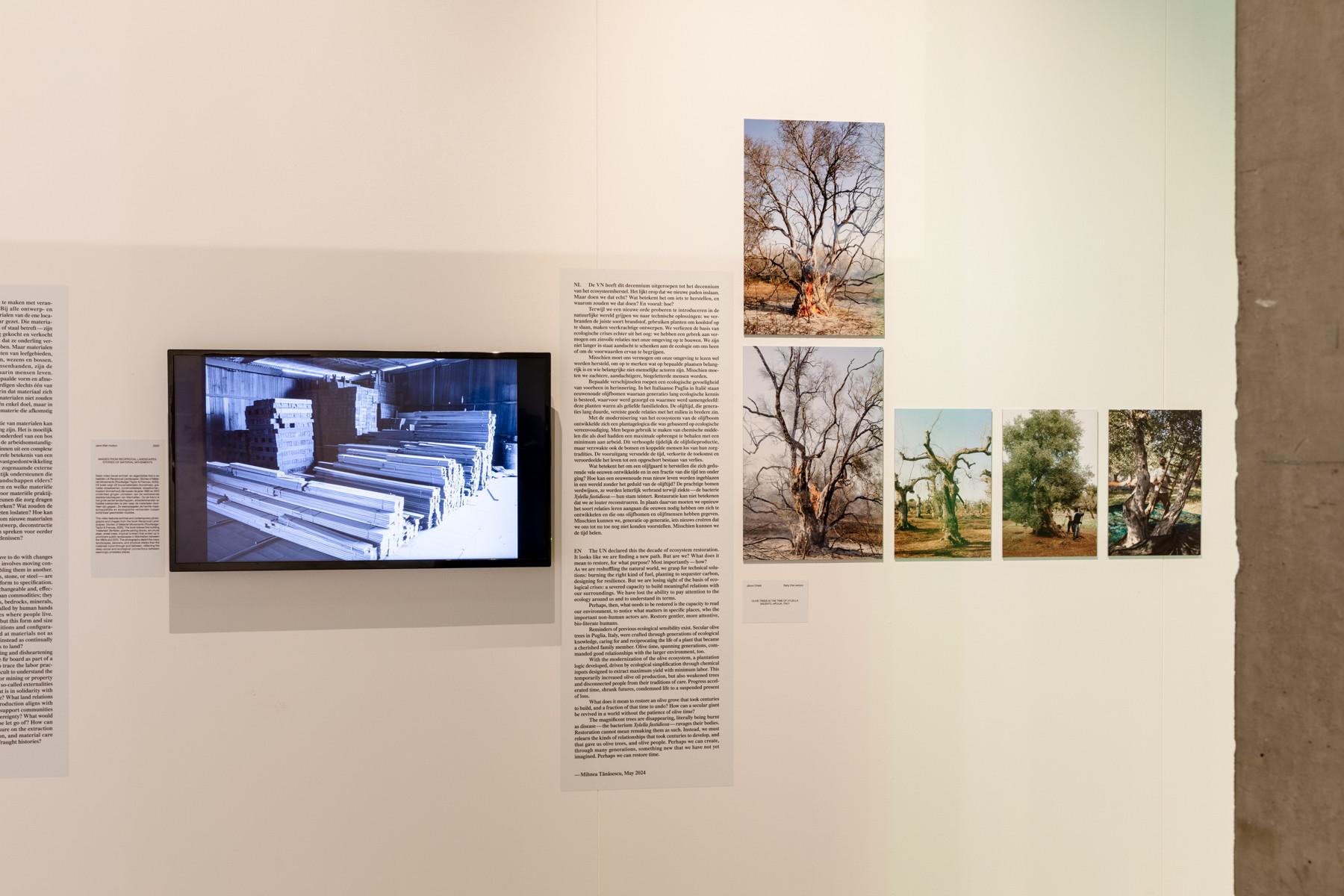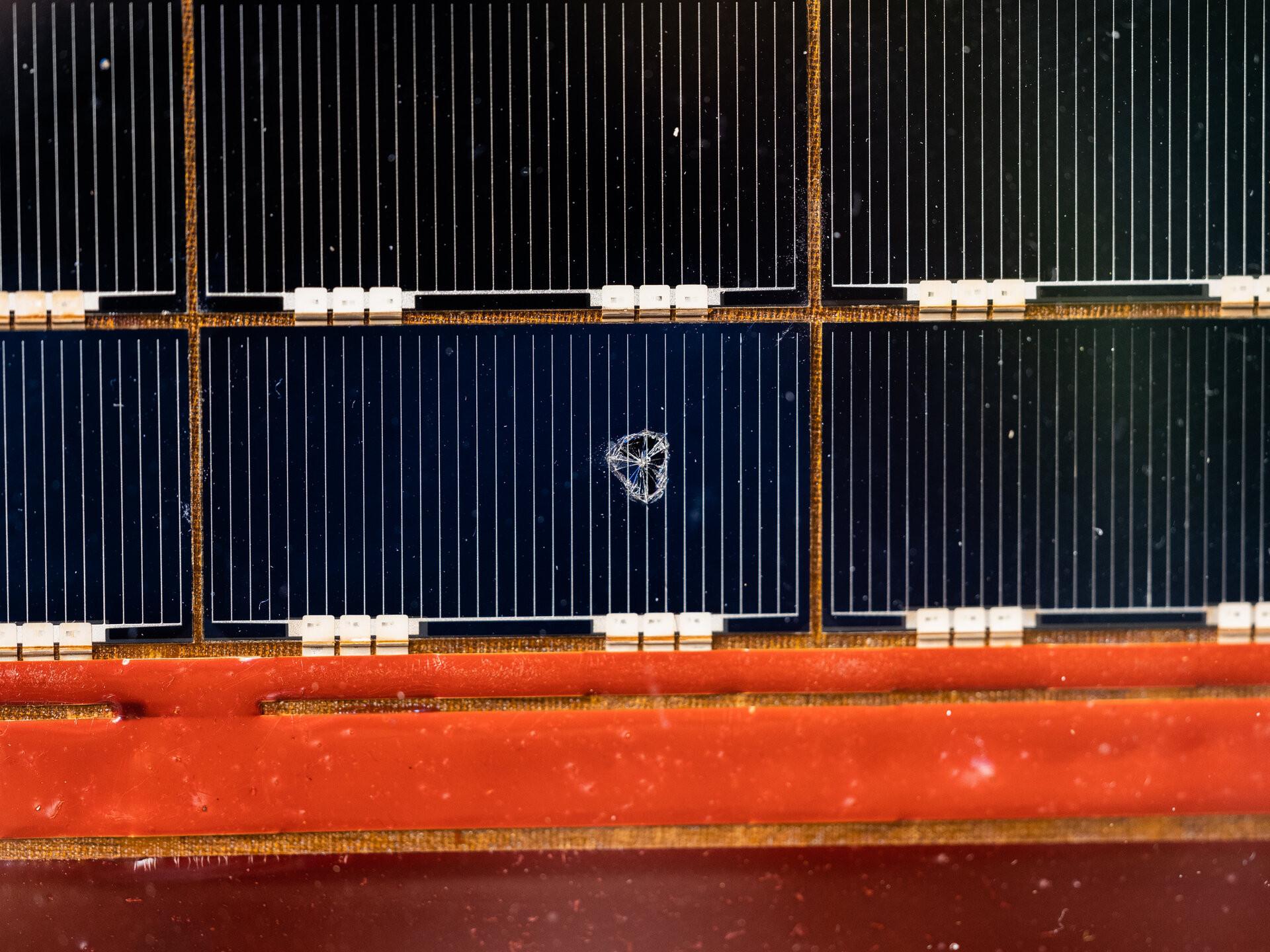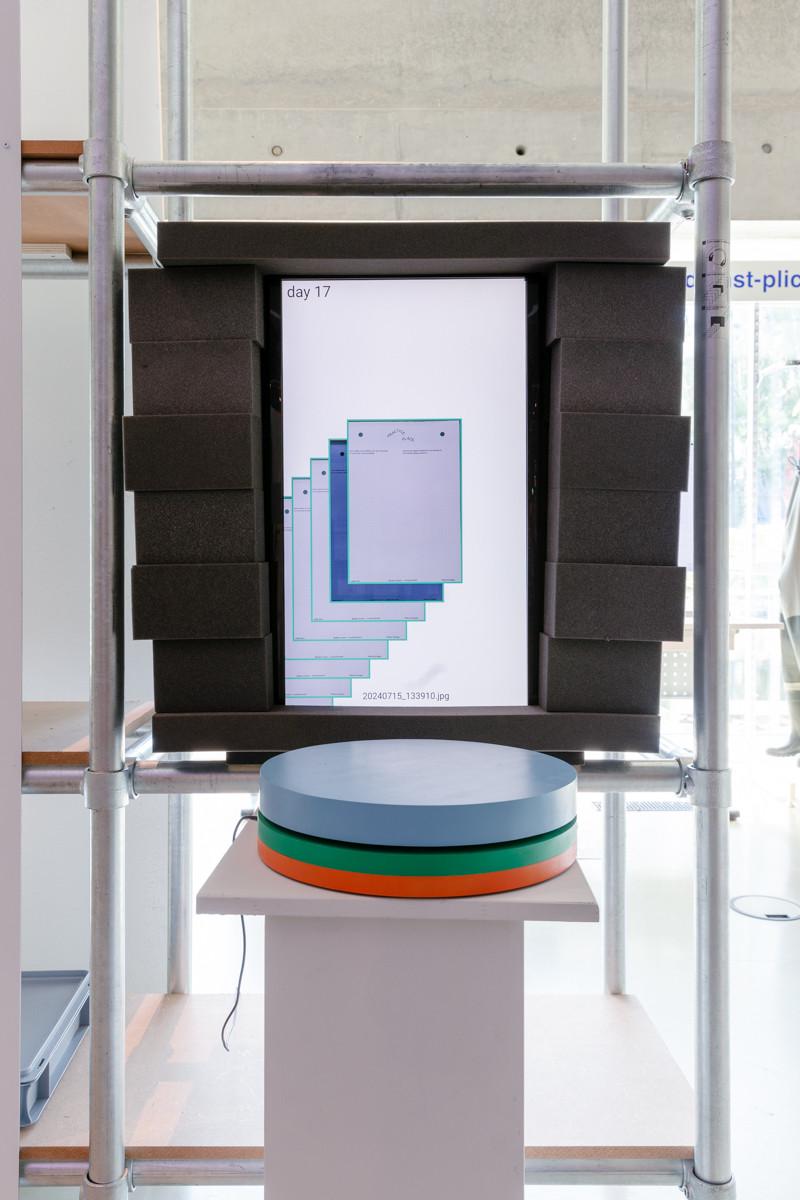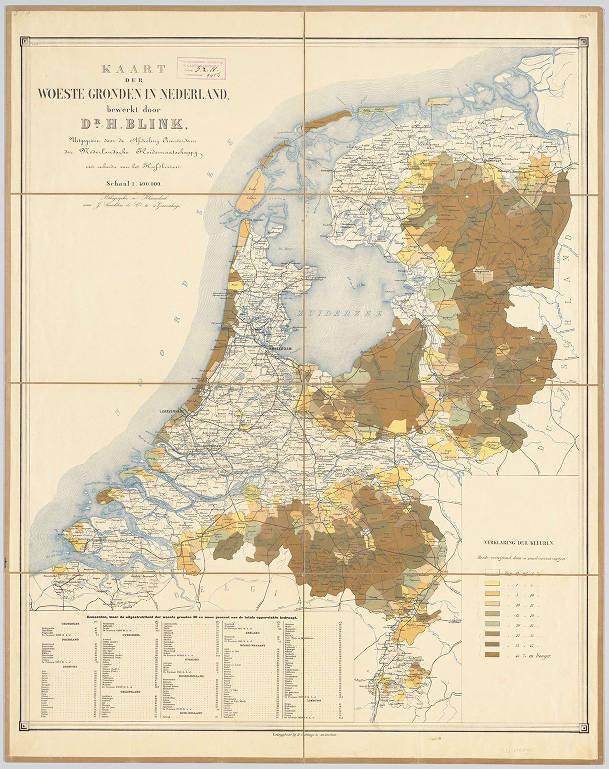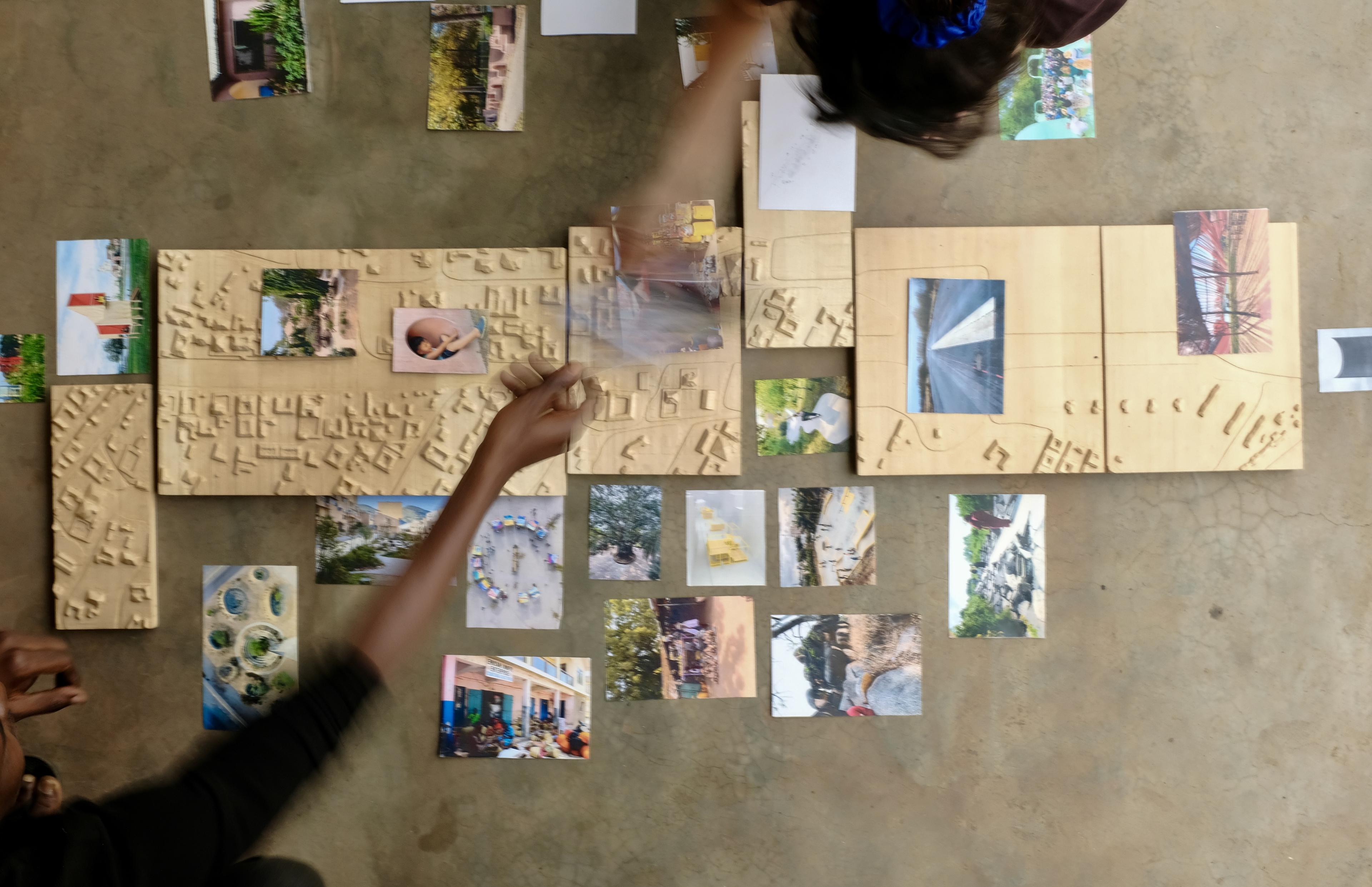Nature of Hope approaches architecture as an ecological practice. People are not separate from nature, but an integral part of it. But the binary thinking in which nature is everything that is not human or made by people has a long and dominant history. To introduce the exhibition, IABR therefore asked researchers, philosophers, historians and writers to reflect on how we look at nature. Every week we share one of the contributions, which can also be seen in the exhibition.
Jane Mah Hutton reflects on the invisible effects that one place has, somewhere else.
What does construction in one place have to do with changes in another? All design and construction work involves moving construction materials from one place and assembling them in another. Those materials – whether lumber, fertilizers, stone, or steel - are commodities that are bought and sold to perform to specification. Their commodity status means they are interchangeable and, effectively, placeless. But materials are also more than commodities; they are fragments of habitats, cultural landscapes, bedrocks, minerals, beings, and forests. They are shaped and installed by human hands and make up the livelihoods and landscapes where people live. Materials are sold in a certain form and size, but this form and size is only a single moment in the many compositions and configurations in a material’s life. What if we looked at materials not as single-purpose products or commodities, but instead as continually changing matter that comes from and returns to land?
Specifying materials can be a disorienting and disheartening experience. It is hard to see a 2x4 spruce pine fir board as part of a forest or plantation. It is unlikely to be able to trace the labor practices of a single ore in a complex alloy. It is difficult to understand the cultural significance of a territory colonized for mining or property development. How might understanding these so-called externalities of development support material practice that is in solidarity with people, other species, and landscapes elsewhere? What land relations do you want to support and what material production aligns with those values? What material practices could support communities that care for land or strengthen Indigenous sovereignty? What would the costs be to do this; what would need to be let go of? How can working with existing materials remove pressure on the extraction of new ones? How can design, deconstruction, and material care honor already extracted materials, and their fraught histories?
